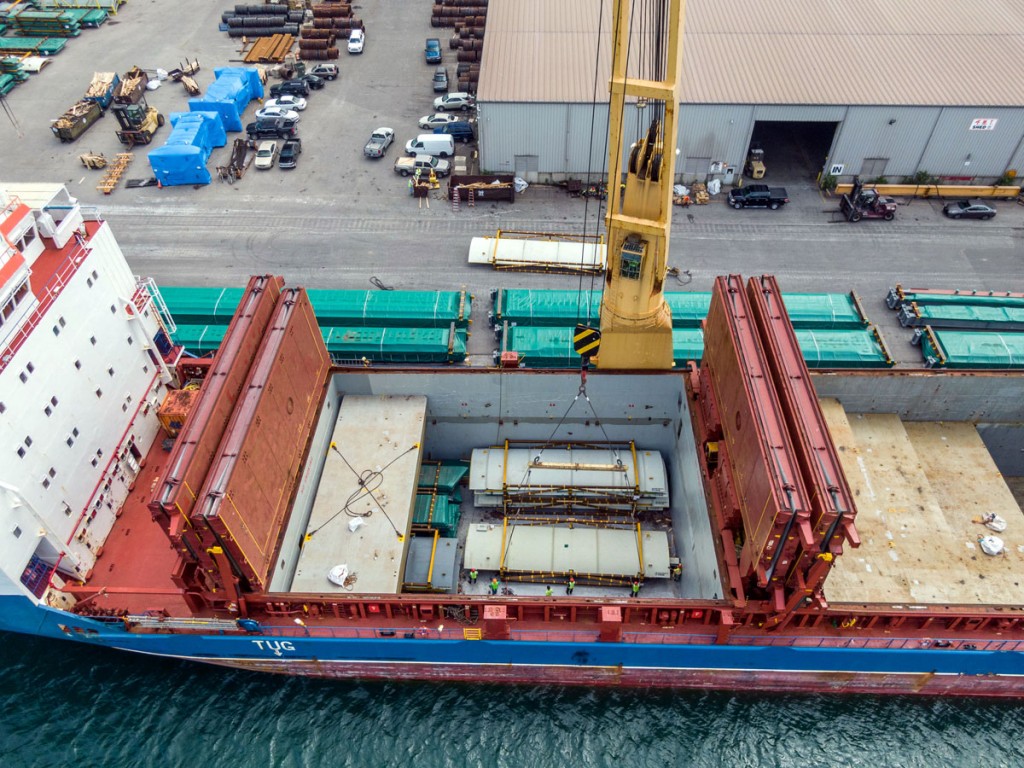With cargo-handling enhancements at all three of its waterfront facilities – one on the Great Lakes and two on the Ohio River – the Ports of Indiana is building upon its half-century of fuel-efficiently, cost-effectively serving shippers at America’s crossroads.
“We formed a logistics network around a state-guided philosophy and take full advantage of Indiana being the ‘Crossroads of America,’” Vanta E. Coda II, chief executive officer of the Ports of Indiana, told AJOT. “Our organization was designed to be a world-class producer of infrastructure and allows companies to share what Indiana does exceedingly well – grow things and make things.”

A separate federal grant, for $10 million, augmented by $7 million in port funds, is expanding rail infrastructure and intermodal capabilities throughout the Port of Indiana-Jeffersonville, across the Ohio River from Louisville, Kentucky. That project, to be completed in early 2021, bodes to double the facility’s cargo-handling capacity.
And, at the Port of Indiana-Mount Vernon, 153 barge miles from the Ohio River’s confluence with the Mississippi River, a recently completed $2 million undertaking has updated terminal infrastructure, including installation of a new 60-ton-lift-capacity overhead gantry crane.
“We offer a unique value proposition for companies because of multimodal transportation connections, proximity to the country’s largest steel-producing region and access to river and ocean shipments in the U.S. Midwest,” Coda said.
In 2019, Ports of Indiana facilities handled a record of nearly 16.4 million tons of waterborne cargo, up 11 percent from 2018. Key commodities include coal, iron ore, steel products, grain, soybeans, ethanol, distiller’s dried grains, fertilizer, dry bulks and minerals.




